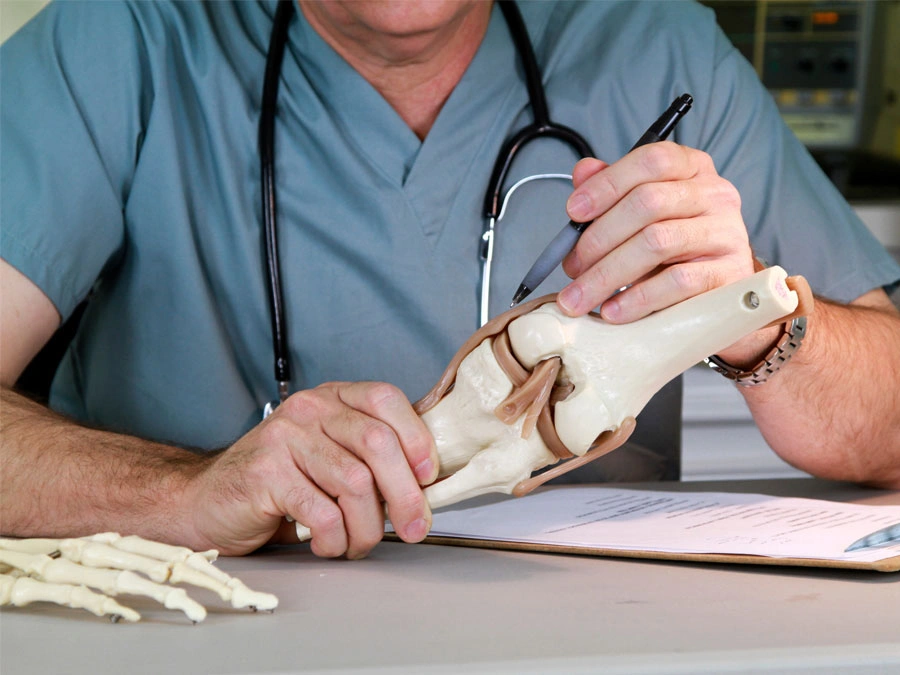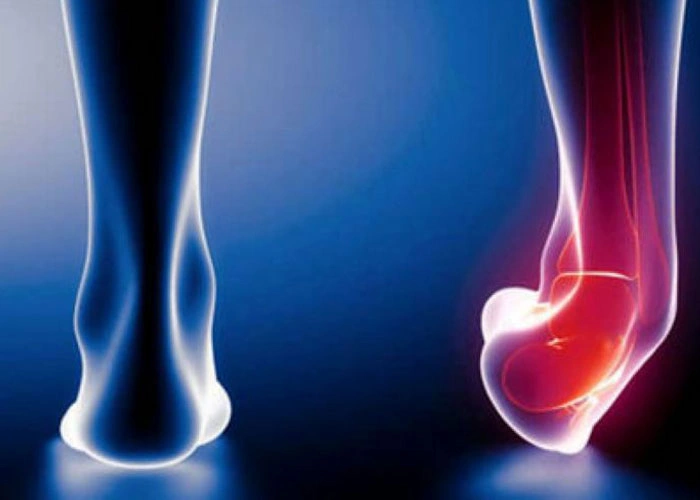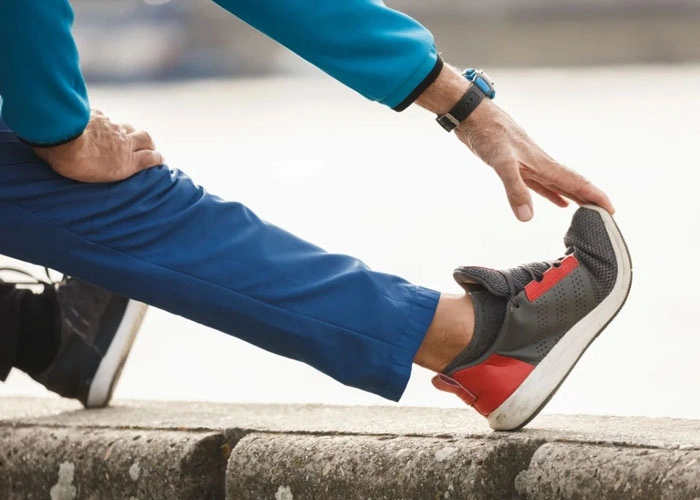Maintaining orthopedic health is vital for leading an active lifestyle. In recent times, orthopedic injuries have become increasingly common. These injuries often result in long-term discomfort or worsen existing issues. However, with the right precautions, many of these injuries can be prevented. Therefore, it is essential to learn how to care for your body, whether you are an athlete, a fitness enthusiast, or someone striving to remain active.
What is orthopedic health? Orthopedic health refers to the relative health of the bones, joints, muscles, ligaments, and tendons. These components serve their purpose by supporting and assisting the body in creating motions. Even if one of the components is harmed, you may be unable to continue your typical activities and suffer consequences such as arthritis, fractures, or torn ligaments.
Most common orthopedic injuries
Having knowledge of the most common orthopedic injuries can assist in preventing them. Below are some conditions frequently experienced by individuals:
- Sprains and strains are frequent injuries caused by overstretching or tearing of ligaments, muscles, and tendons.
- Fractures are obvious breaks or cracks in bones caused by injury or stress. This may happen during sporting activities, accidents, or even when someone just falls.
- Arthritis is a joint disorder that causes inflammation, discomfort, swelling, and limited movement. Osteoarthritis, also known as degenerative joint disease, is most often associated with aging.
- Tendinitis may cause joint pain, swelling, and restricted mobility. Tendinitis is the inflammation of tendons caused by repeated action, such as in the shoulder, elbow, or knee joints.
How to maintain orthopedic health?
Now that you’ve learned about the most prevalent injuries, let’s look at ways to prevent them.
1. Control your weight: Maintaining a healthy weight is one of the best ways to safeguard your bones and joints. Excess weight increases stress, particularly on the knees, hips, and back. With time, this may lead to disorders like osteoarthritis and increased risk of injury.Tip: Eat a balanced, nutritious diet rich in calcium, vitamin D, and other bone-building foods.
2. Exercising regularly is essential to maintain healthy bones and muscles, but excessive activity may lead to injury. Repetitive activities, particularly those requiring the use of the same muscles or joints, increase the risk of strains, sprains, and stress fractures.Tip: Diversify your activities to avoid putting undue pressure on any one part of your body. For example, if you like running, consider adding swimming or climbing to work out different joints. It’s also crucial to stretch correctly before and after exercises to keep your muscles flexible and powerful.
3. Apply appropriate techniques. Use appropriate equipment for all duties, whether lifting large weights at the gym or doing manual work at home. To prevent injuries, one must use proper practices. Wrong posture may hinder correct joint and muscle alignment, resulting in muscular strains and tears.
Tip:
- Consult a trainer for guidance on avoiding injuries throughout various exercises.
- Do not forget to stretch and acquire appropriate posture. Proper footwear is one of the variables that contribute to a stable posture.
4. Strengthen your core: A strong core not only looks good, but also prevents injury to tendons, ligaments, and muscles surrounding the spine. The core muscles control movement, preventing falls, back strain, and injuries.
Tip: Make sure to do core strengthening exercises like planks, bridges, and cat-cow stretches. This also promotes proper posture and balance.
5. Respect your body: Listening to your body is an efficient way to avoid injuries. Pain or discomfort in a certain place of the body is a clear sign of a problem. When these warning signals are disregarded, they may lead to more serious injuries that need extended healing time.
Tip: If you are experiencing continuous discomfort or swelling, or if you are having difficulty moving your joints, consult an orthopedic doctor.
6. Make time for rest and recovery: Lack of rest is a crucial cause in many situations. Every ordinary activity or movement needs appropriate healing of both the muscles and the joints. If you do not take these rest days over time, you may develop overuse injuries, limiting your healing ability.
Tip: Make sure you get adequate sleep and include at least two rest days each week into your training plan. If you have participated in strenuous physical activity and are feeling particularly painful, apply ice to the affected regions to reduce swelling.
Conclusion
Ensuring optimal orthopedic health is essential for maintaining an active lifestyle. While it may not be feasible to completely prevent orthopedic injuries, their occurrence can be significantly mitigated through proper weight management, adherence to correct body mechanics, and attentiveness to bodily signals. Furthermore, implementing strategies such as core-strengthening exercises can enhance the body’s ability to recover and maintain balance.







